How to Eat Your Way Through Ho Chi Minh (Saigon) Like a Local
The best food in Saigon, Vietnam
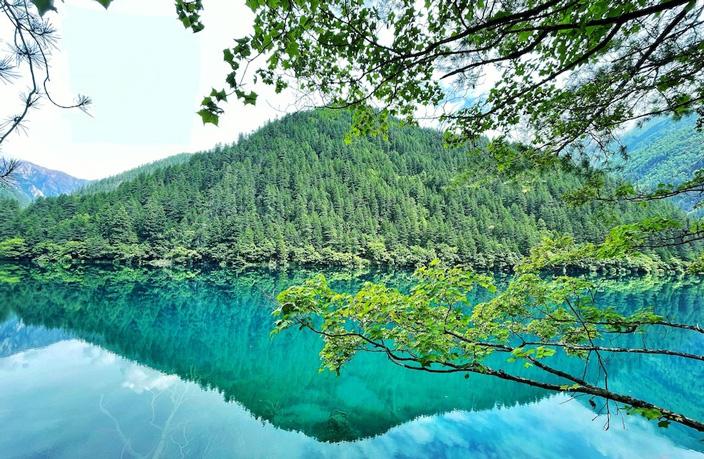
July 7, 2021
Updated October 3, 2025
The once-farmland-turned-nature reserve in northern Sichuan known as Jiuzhaigou was inscribed by UNESCO as a World Heritage Site in 1992, recognized for its distinctly beautiful and equally diverse scenery.
As a part of the Min Mountains, Jiuzhaigou Valley hugs the Tibetan Plateau, celebrated for its varied landscapes encompassing crystalline transparent pools in shades of blue, green and teal, multi-level waterfalls, undulating mountains and lush greenery.
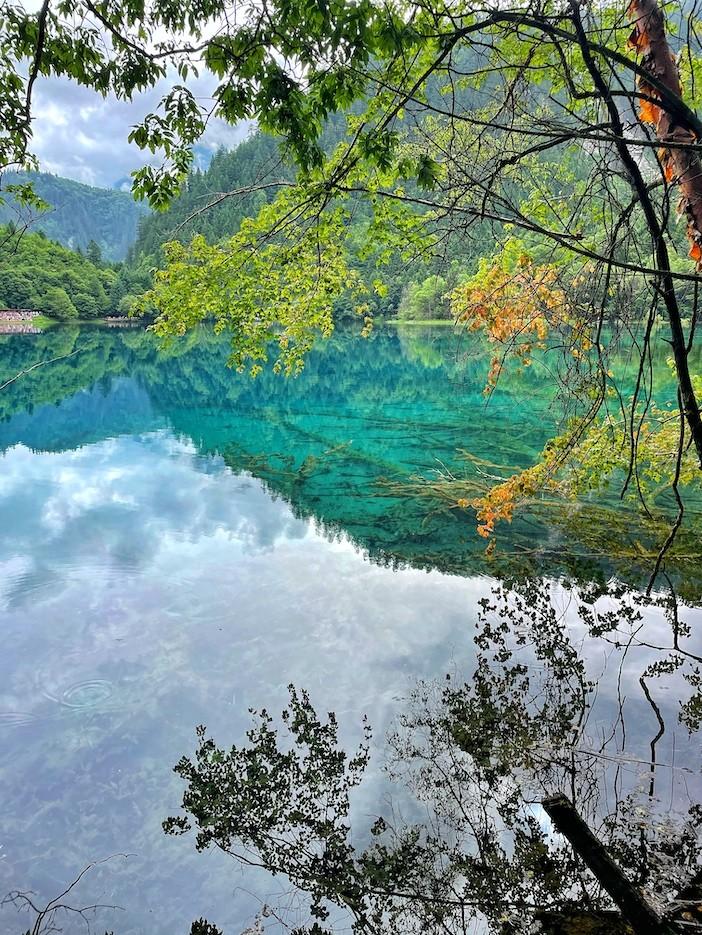
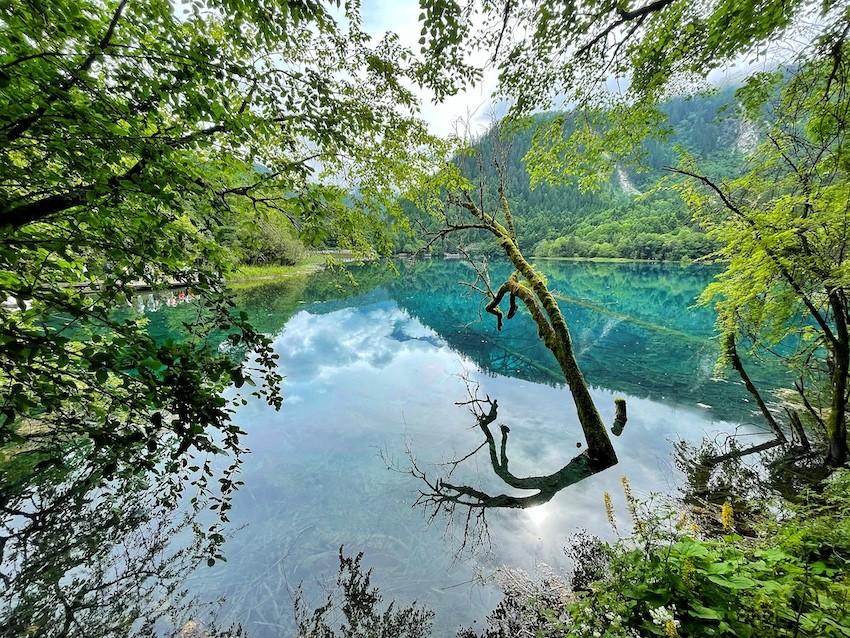
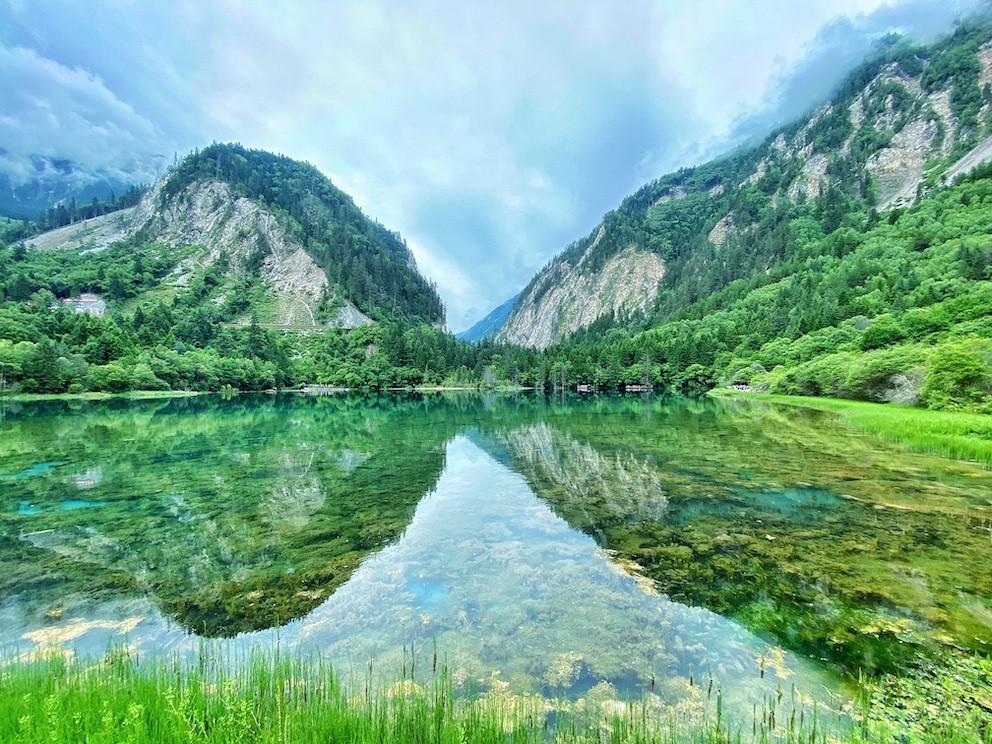
The park’s elevation spans 2,000 to 4,500 meters above sea level and is nearest to Chengdu, albeit 500 kilometers north of the City of Pandas.
Due to the higher altitude, summer remains pleasantly mild, while winters are frigid yet equally spectacular with a dusting of pristine, powdery snow covering the barren trees.
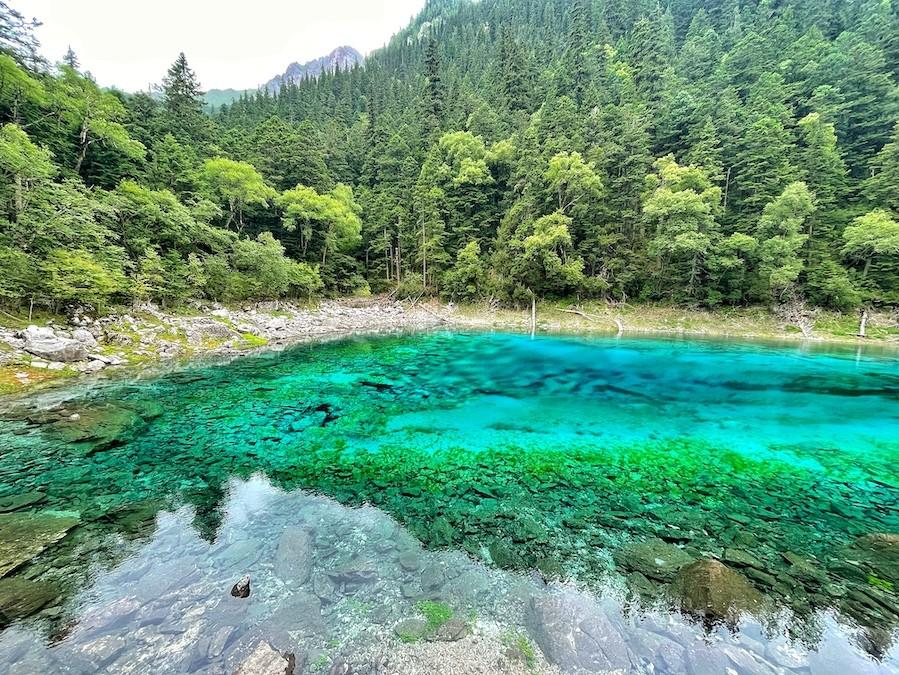
But the best time to visit is autumn, when the bright oranges, reds and fiery yellows of the falling leaves form a contrasting backdrop to the cooler colored pools.
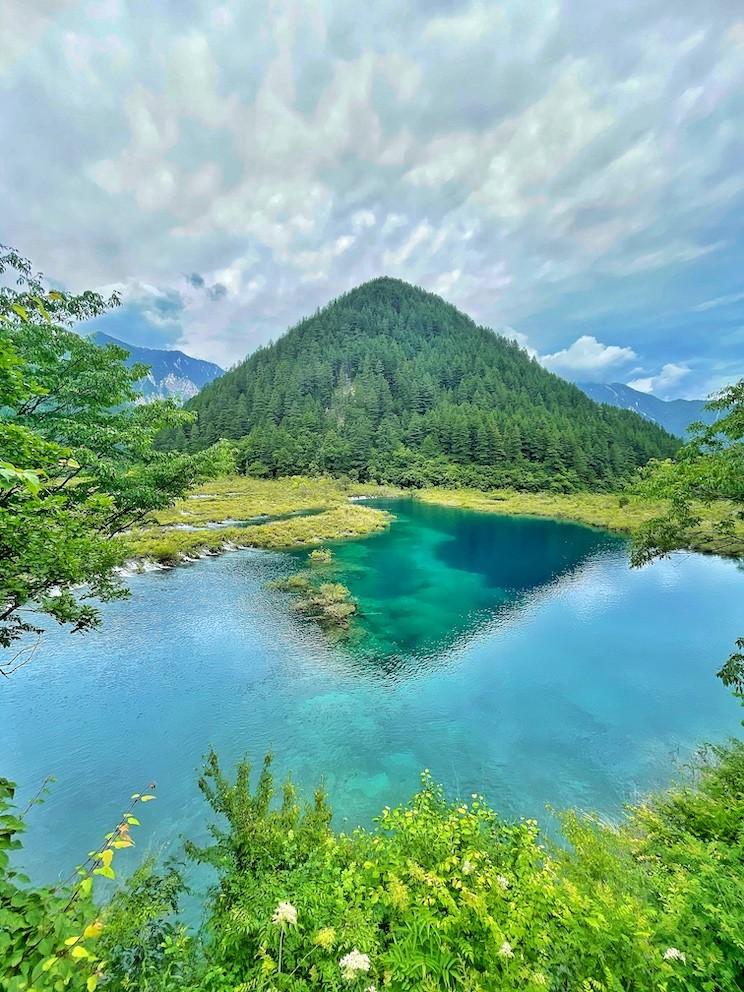
In August 2017, a 7.0-magnitude earthquake shook the foundation of Jiuzhaigou county, with the Pearl Shoal, a popular waterfall site within the park, at its epicenter. The authorities closed the entire valley to tourism, only allowing limited access for more than three years during the rebuild and COVID-19 pandemic.
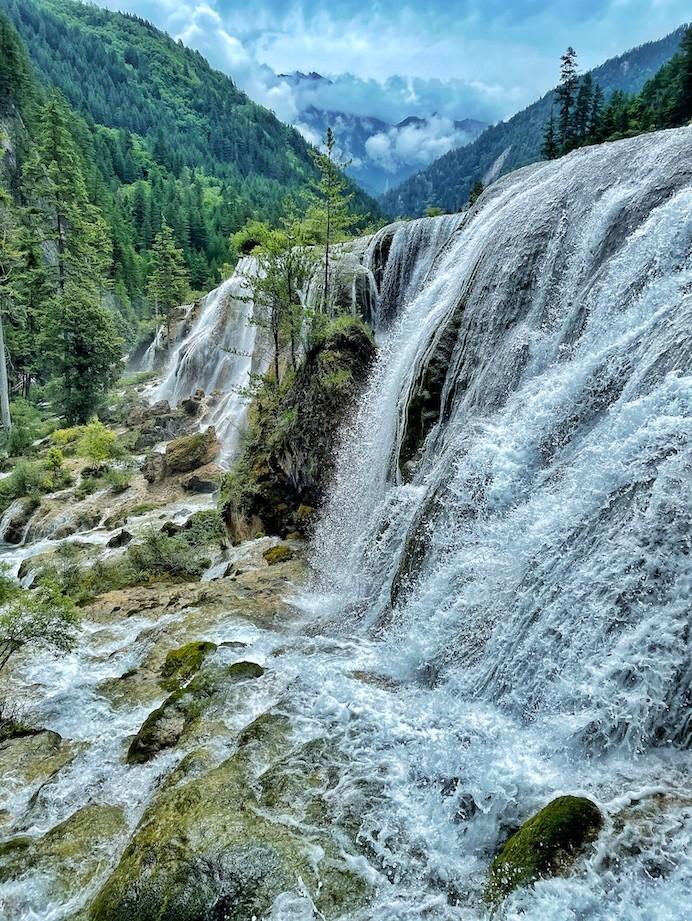
Finally, in the spring of 2021, the park fully opened again to the general public – including foreign passport holders, making it the ideal time to experience this one-of-a-kind destination.
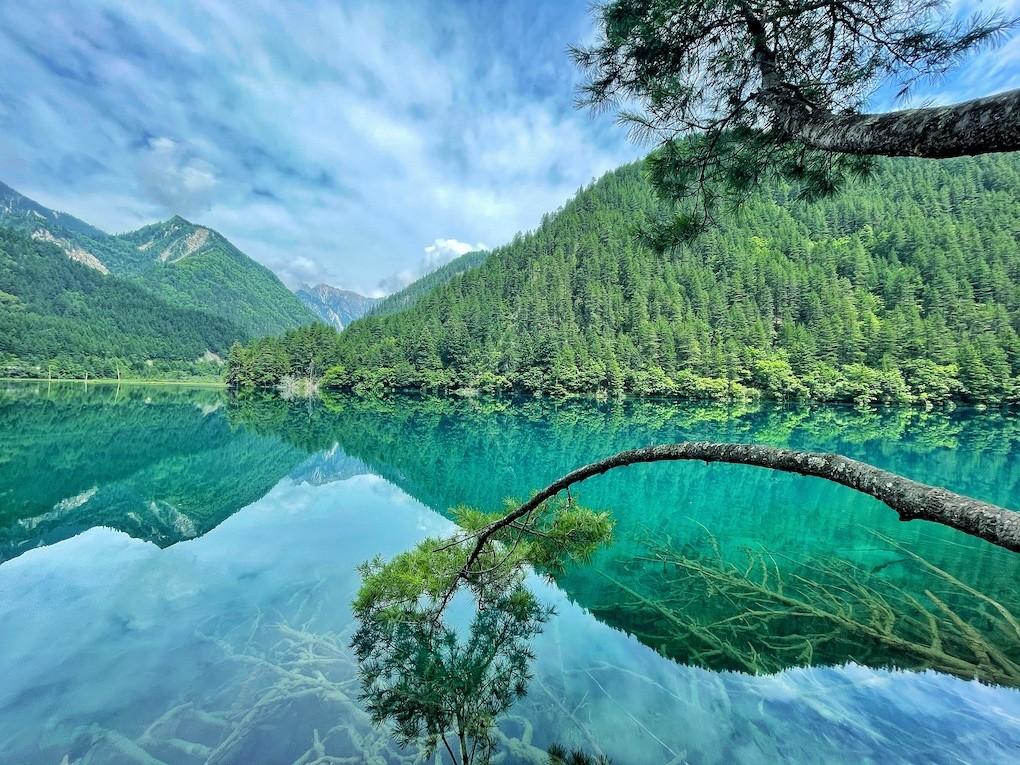
This impressive park seems like something out of a fairy tale, with vividly brilliant pools accented by fertile forest greenery. Mountains rise towards the sky, capped with snow, despite the radiant sunshine that graces the area often.
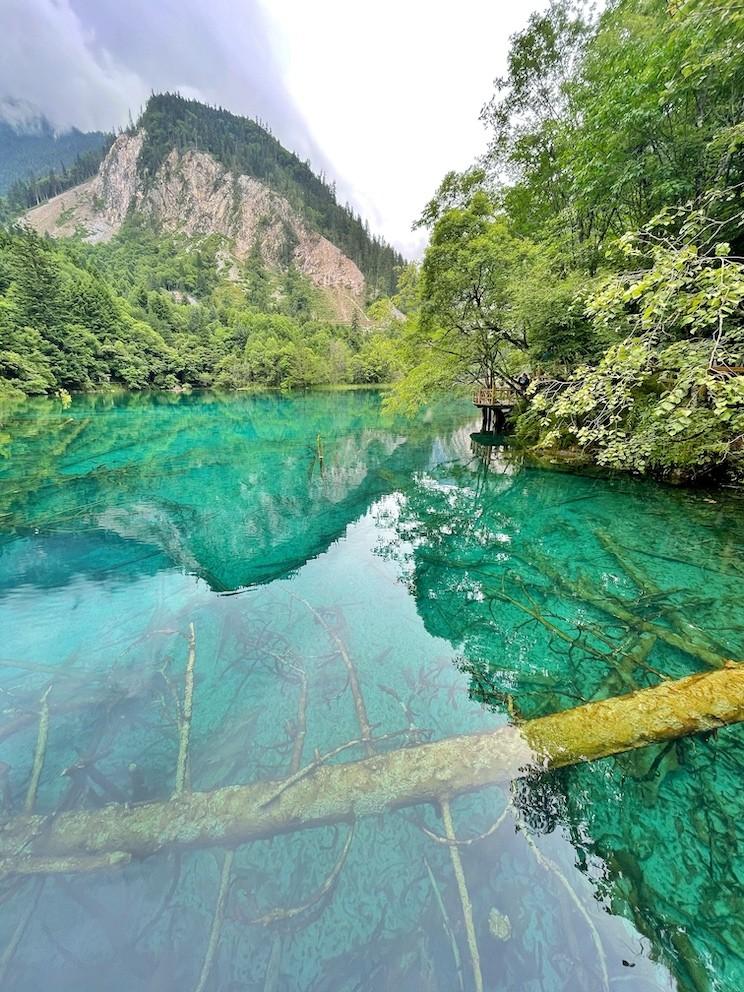
The park is shaped like a Y, so visitors should take the hop-on/hop-off bus all the way to the top of the Rize Valley, starting out with a bang at the dazzling Multi-Color Lake.
The bottom of the lake is scattered with fallen trees that are perfectly entombed by eerily still waters, ranging in color from green to yellow to turquoise to deep blue.
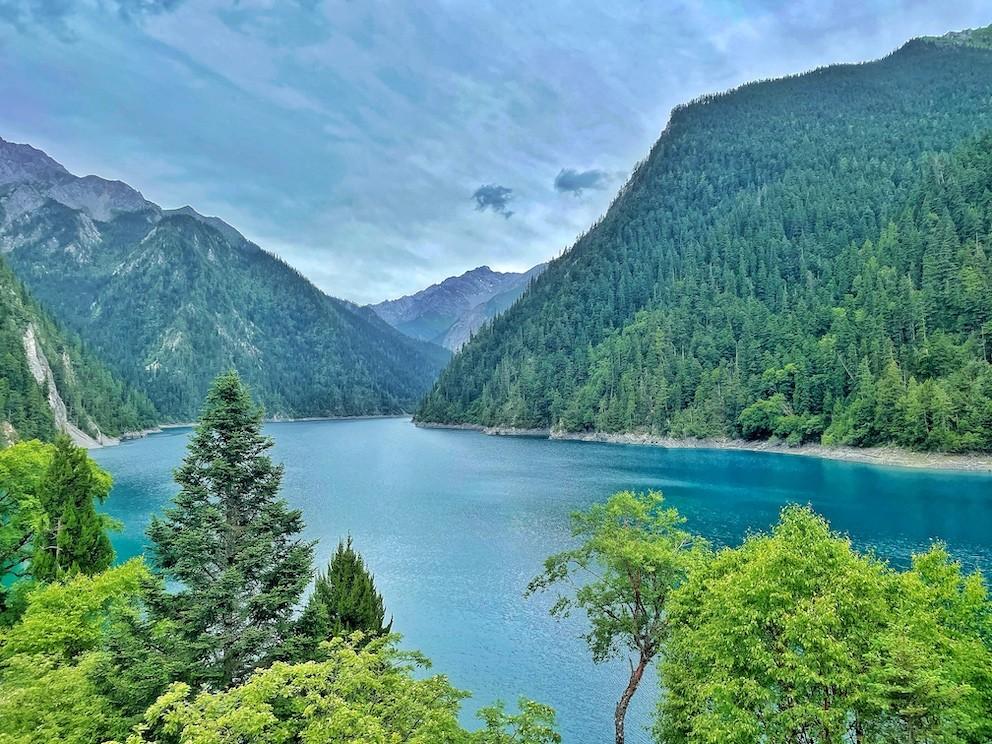
Other must-sees include the Pearl Shoal Waterfall, Mirror Lake and Five Color Lake – a neon blue pond situated in the Zechawa Valley. Plan to spend a full day in the park to take in the exquisite natural wonders.
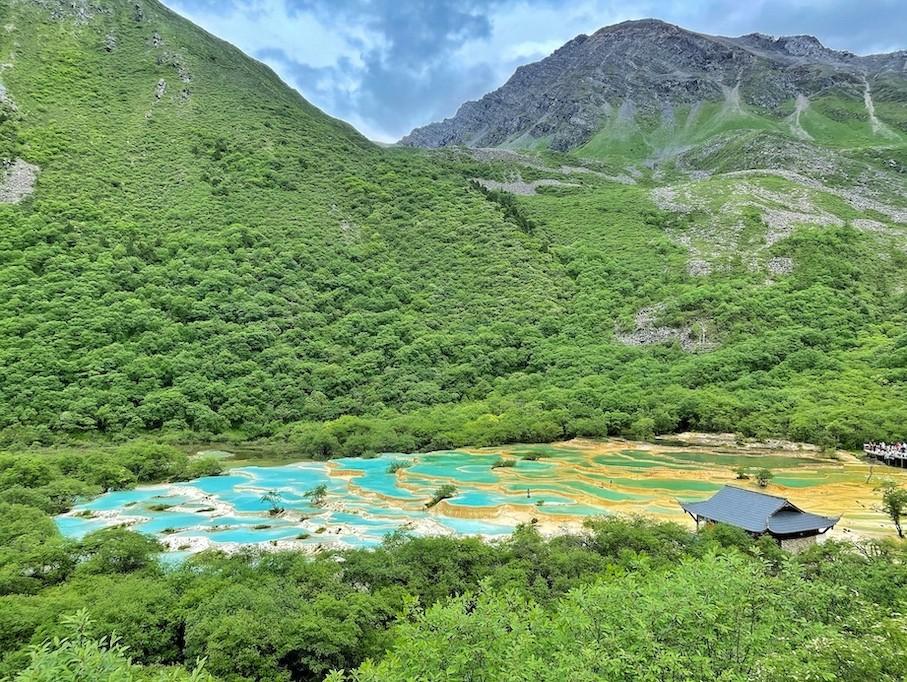
Although less famous than Jiuzhaigou National Park, nearby Huanglong Valley is equally stunning for its vibrantly blue travertine pools formed by calcite deposits.
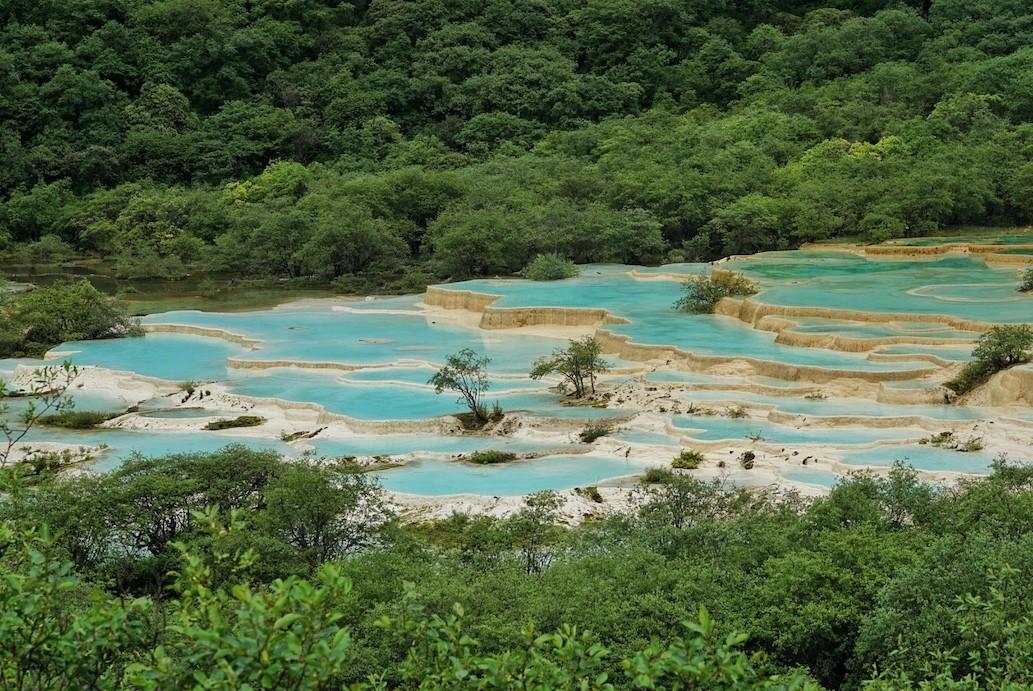
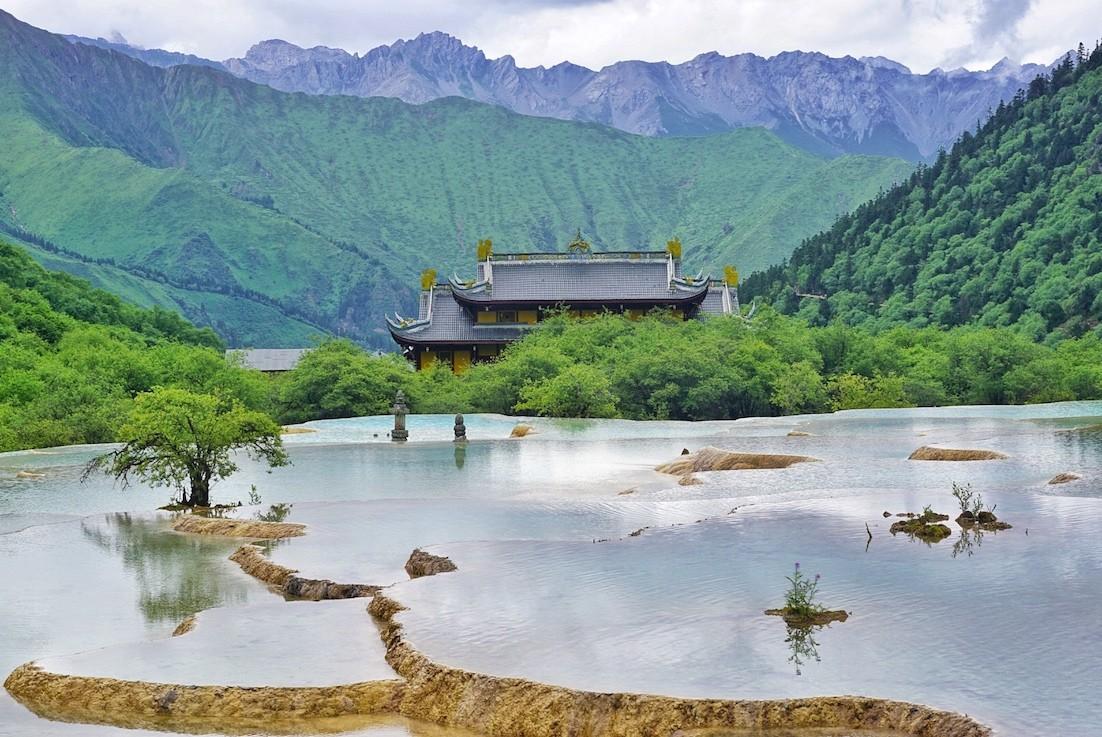
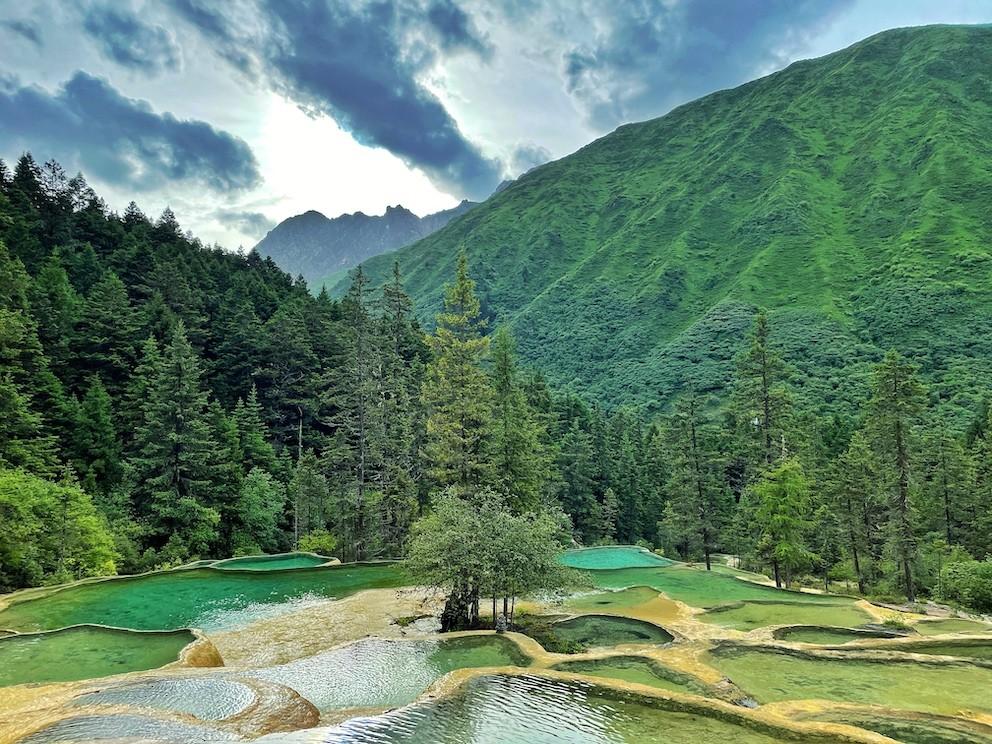
Aside from scalloped, far-reaching pools, the area also offers verdant forest ecosystems, hot springs, waterfalls and tree-covered mountain views.
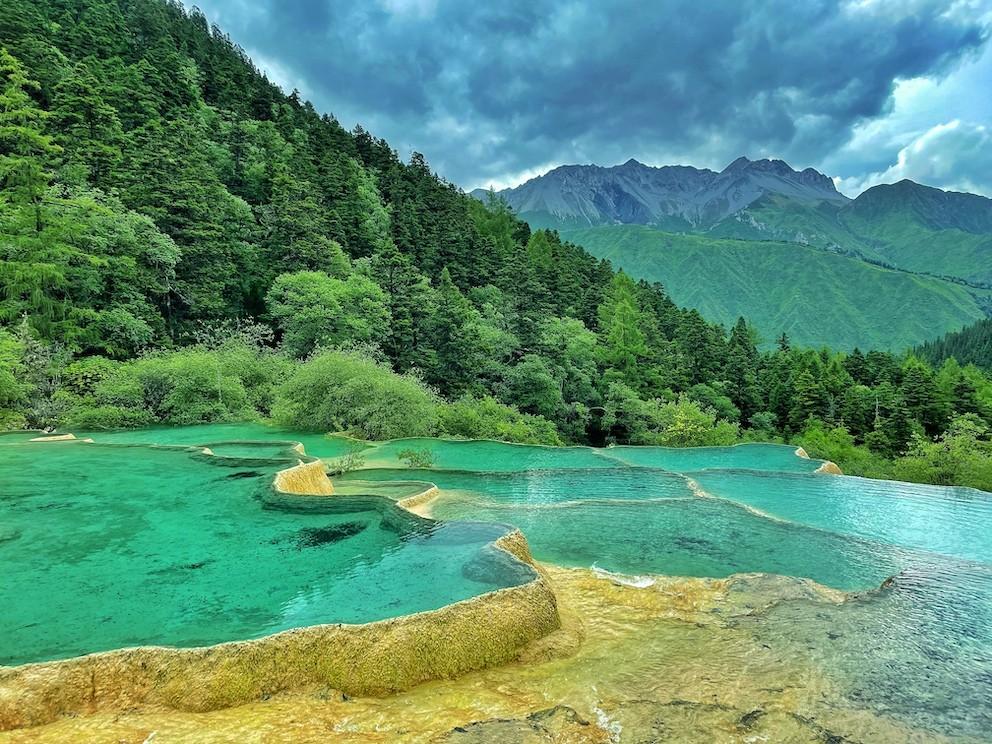
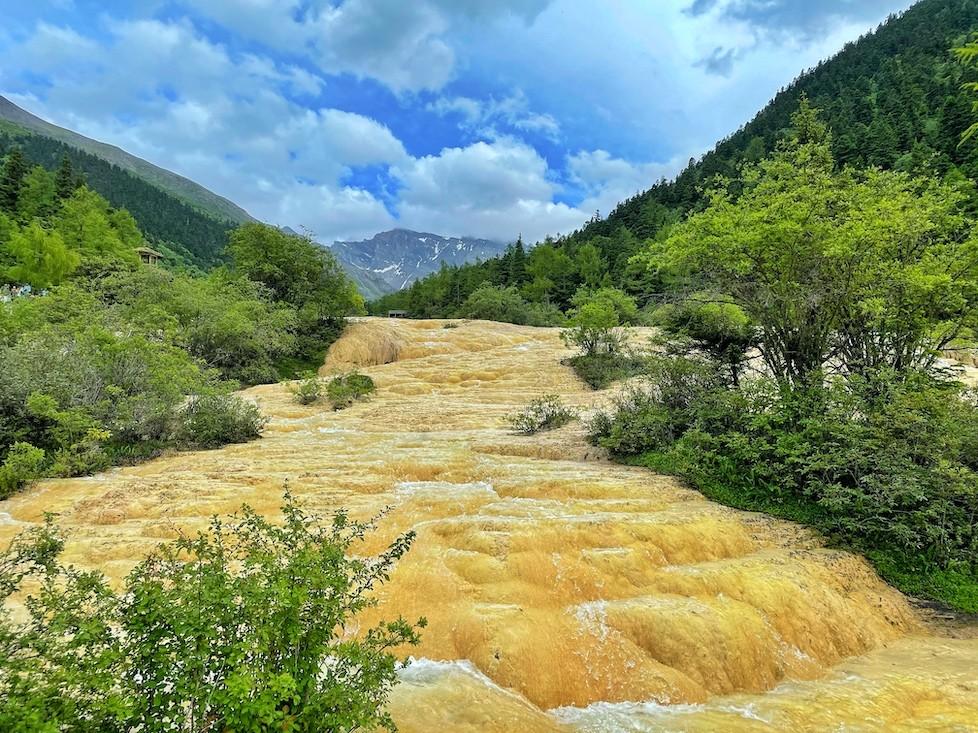
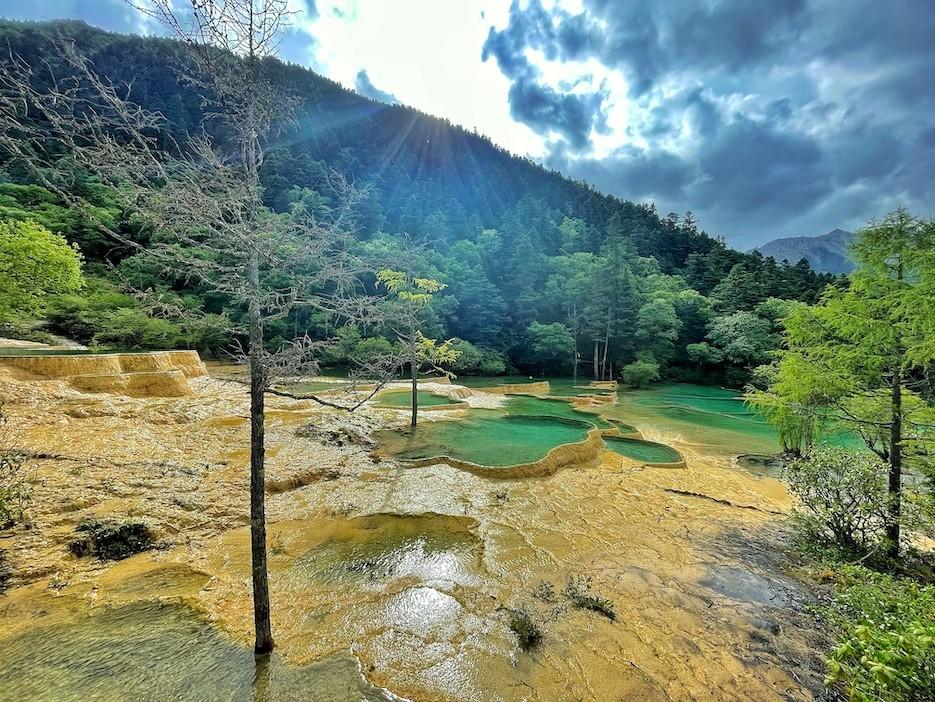
Named after its visual appeal from above – a Golden Dragon – the valley spans 3.6 kilometers, with water flowing from the ancient Buddhist temple at the top, across the glistening, gilded-like mountainside, down to the Guests Welcome Pond.
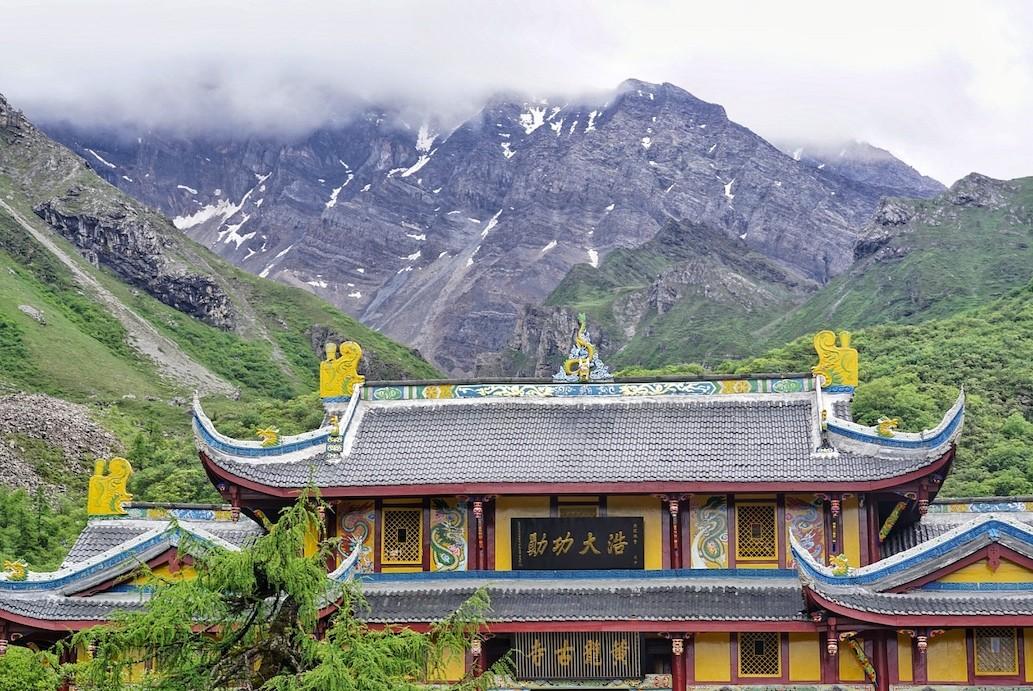
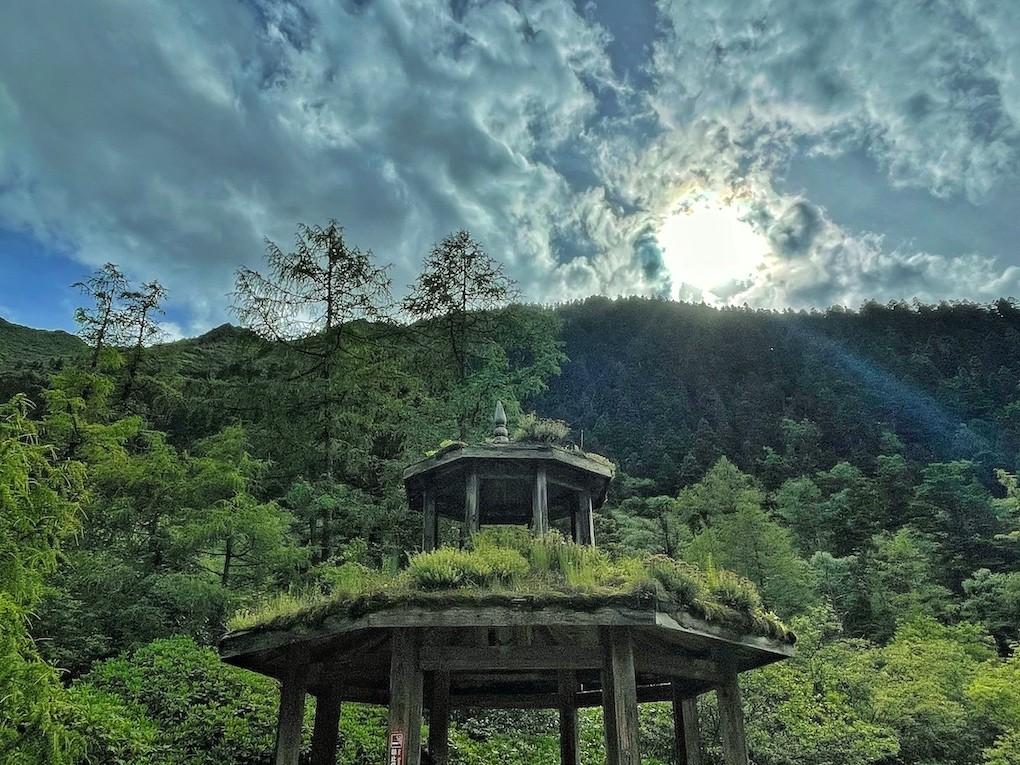
Visitors can ride a 10-minute cable car up the steep mountain and traverse down through the pools and forests for an enjoyable half-day excursion.
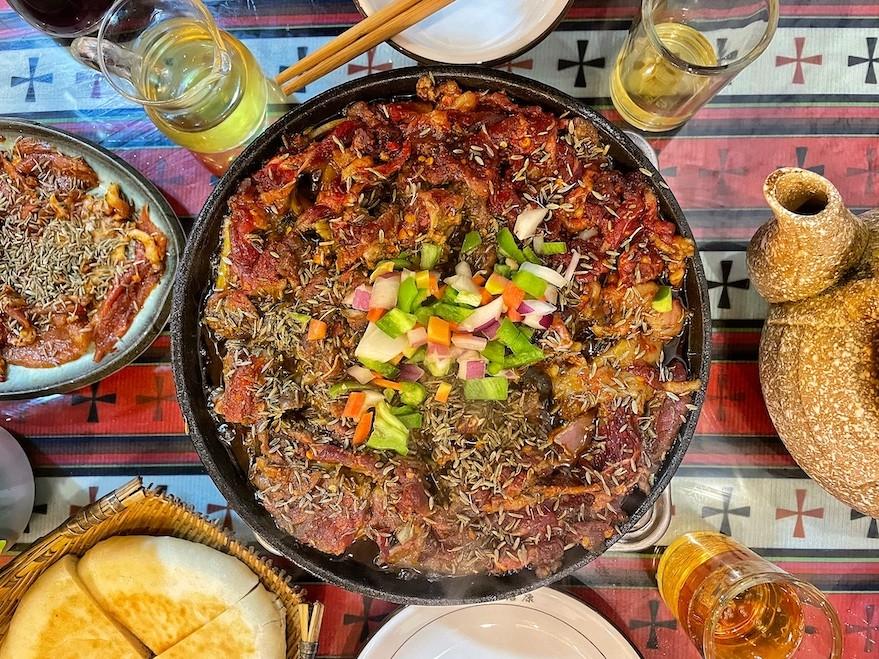
A specialty of the area, yak meat is common across Southwest China and Tibet. The yaks roam freely through the plateau, affording the meat a robust gamey yet lean flavor.
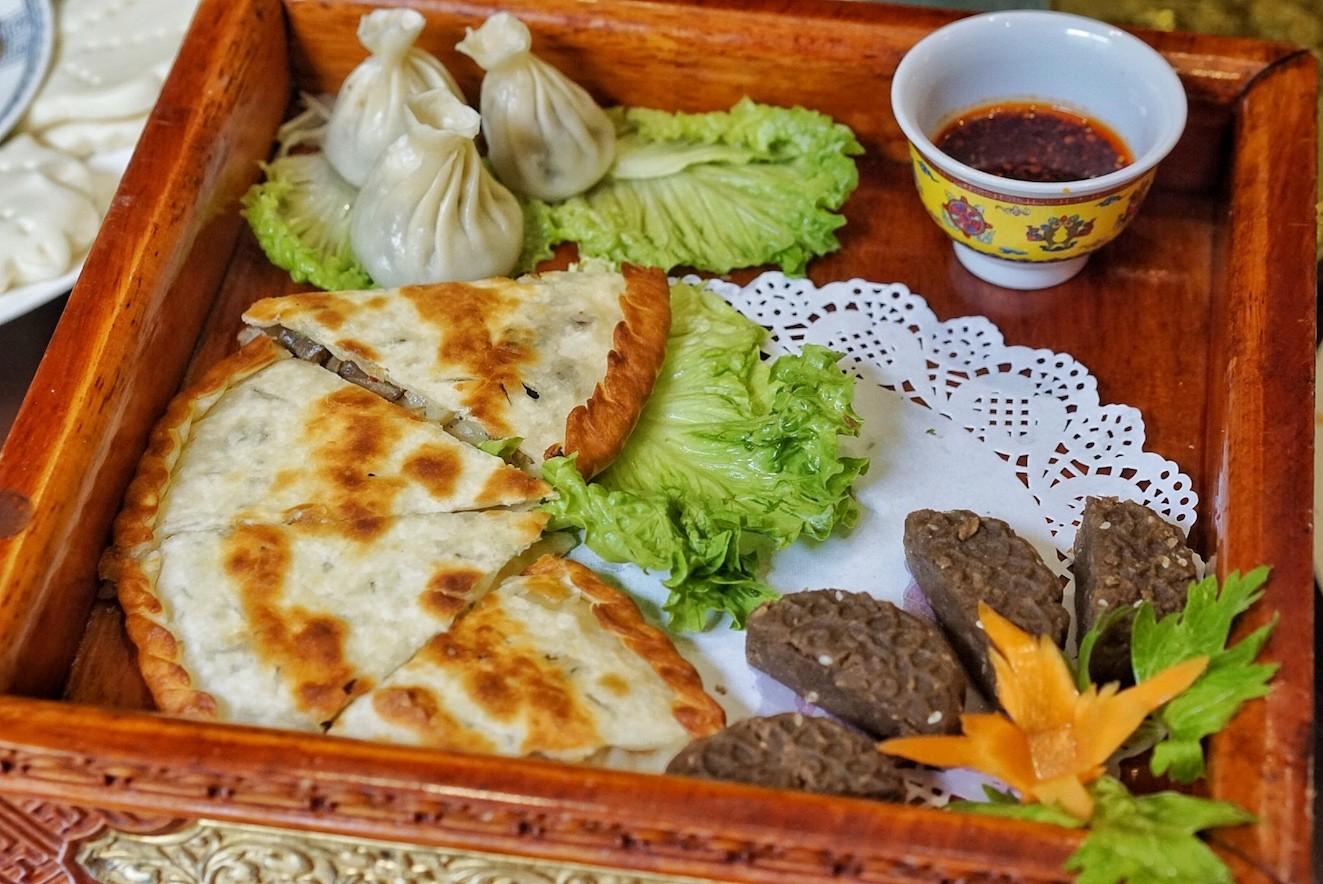
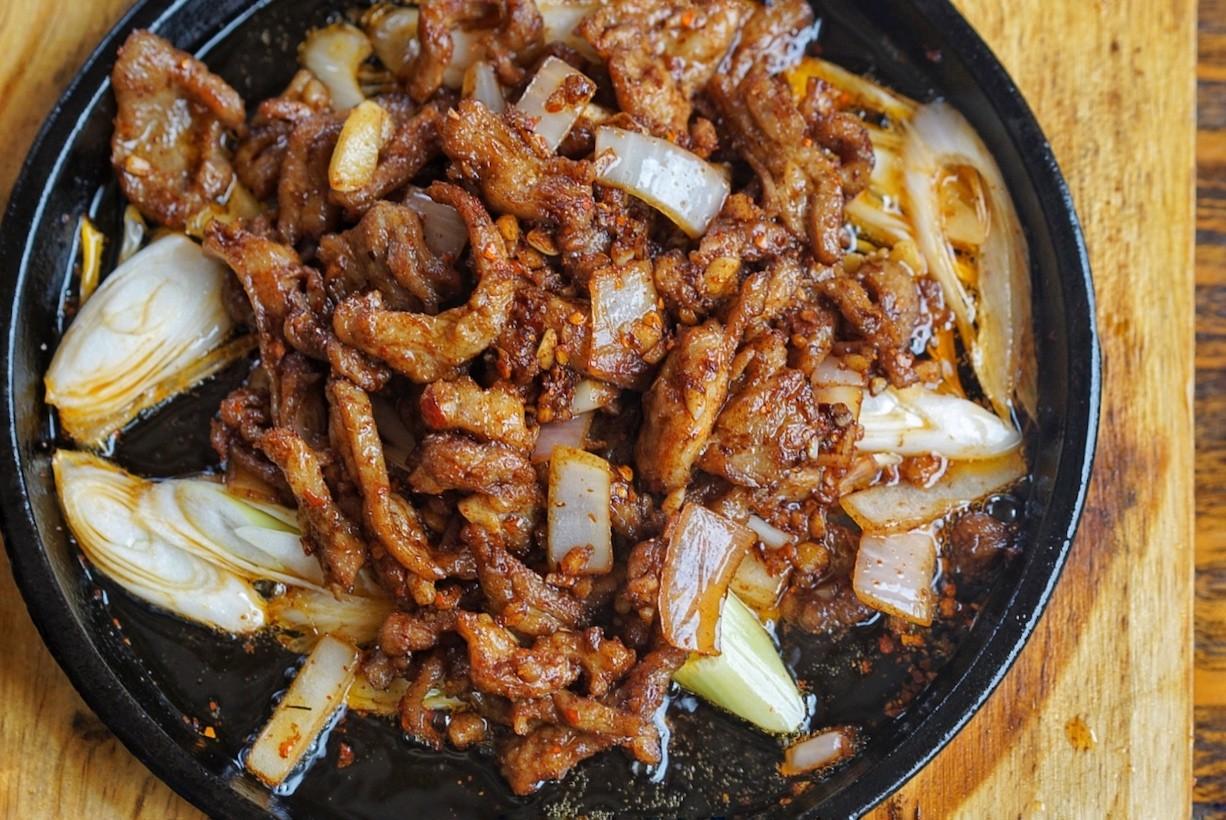
Yak is served in all forms – boiled in hot pot, grilled on a skillet, stir-fried with vegetables, rolled into dumplings, baked into bread and dried into jerky. It is best enjoyed when paired with any of the seasonal wild herbs, like walnut flower shoots, that grow in abundance.
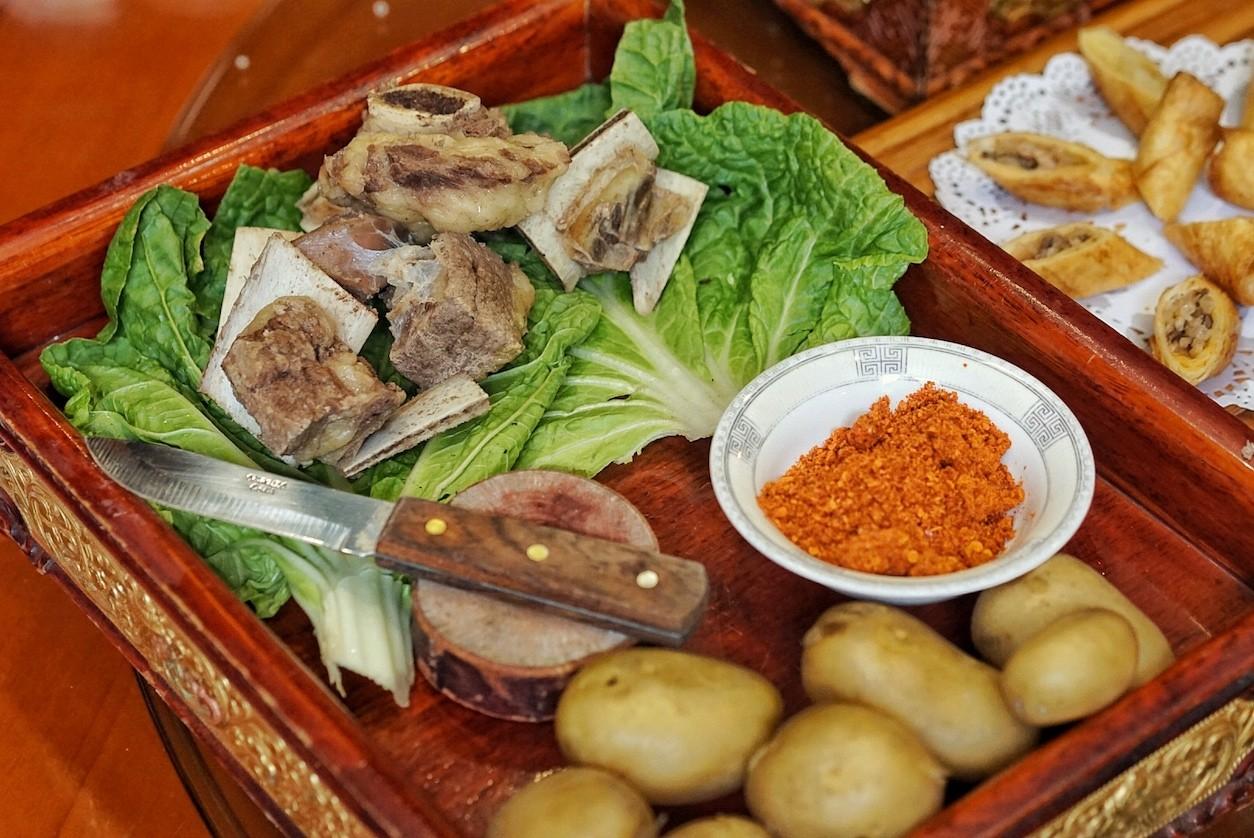
We recommend Huang Ha Da (黄哈达), a Tibetan-style restaurant that offers guests a feast of yak, along with dozens of other local specialties, all washed down with a glass of highland barley wine.
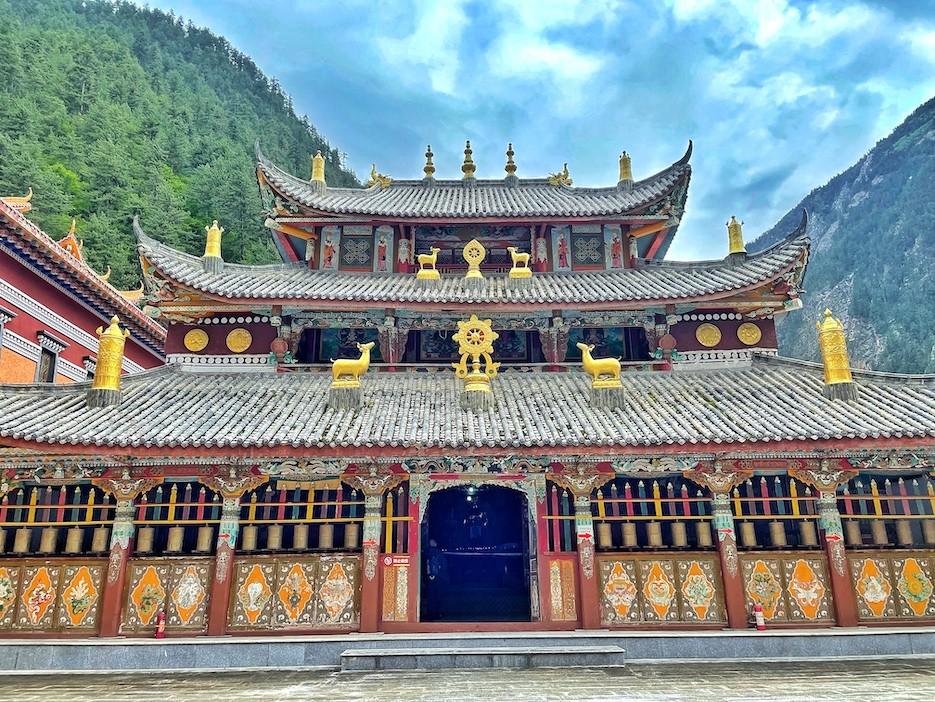
Jiuzhaigou translates to Nine Village Valley, referring to the nine Tibetan villages in the area, seven of which are still inhabited today. The remaining villages sell handicrafts and offer a warm meal to park visitors, sharing their Tibetan culture and cuisine.
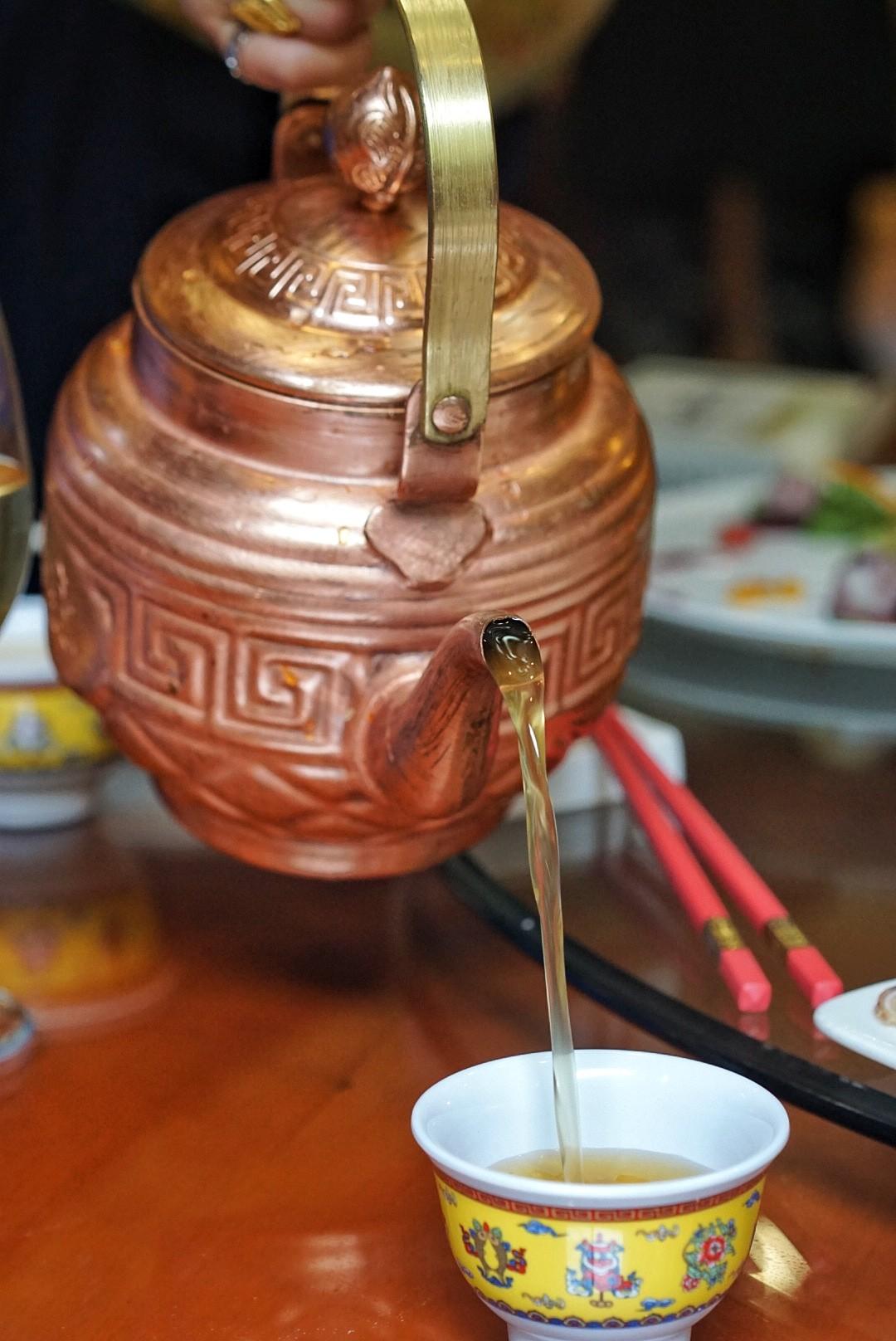
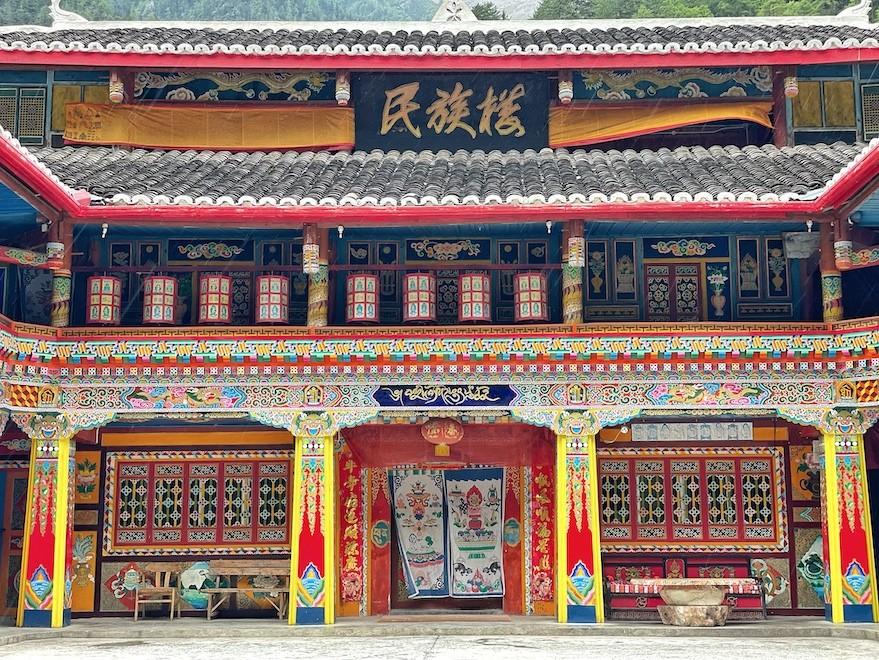
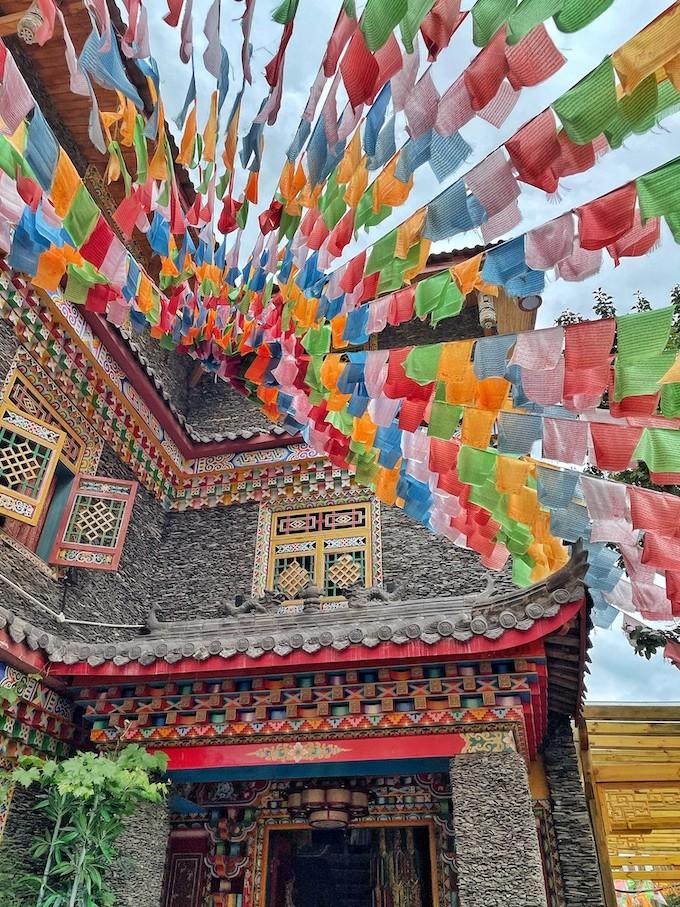
Also located near the park entrance sits the Zharu Monastery, a four-story Bonpo temple and adjoining monastery, still used by monks to practice a religion similar to Tibetan Buddhism.
Less commercial than some of the other villages in the center of the park, visitors can have a more genuine experience, observing the monks and even receiving a prayer blessing.
Arrive in Jiuzhaigou via a one-hour flight from Chengdu or Xi’an, or opt for a windy eight to 10-hour bus ride out of Chengdu. It’s worth noting that flights are usually delayed both in and out of the area due to quickly changing weather conditions, so factor in some wiggle room to avoid unnecessary stress.
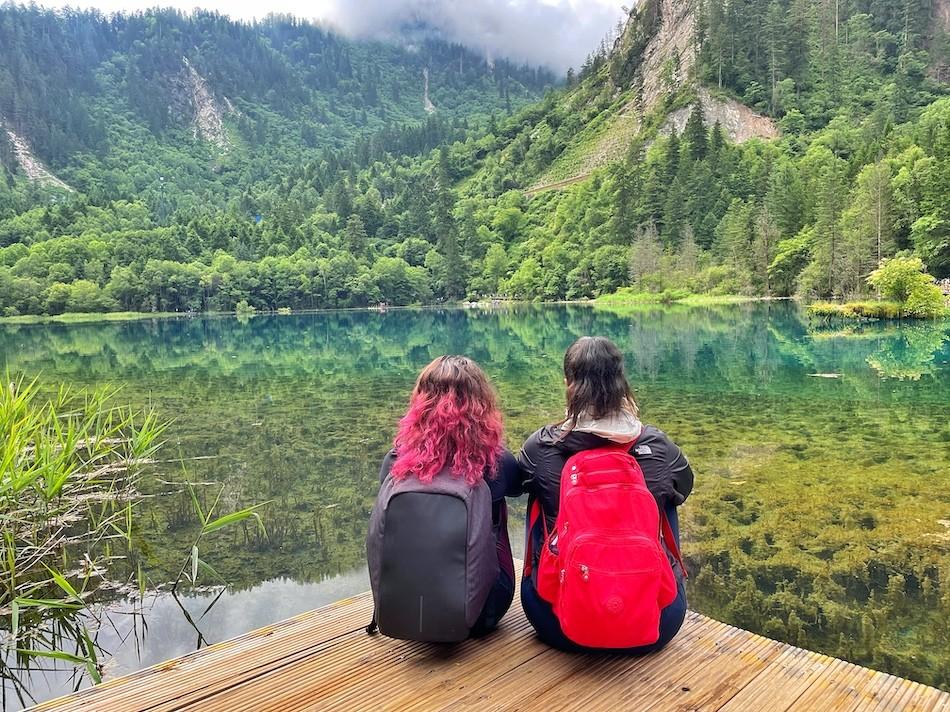
We traveled around Jiuzhaigou with China Adventure, a Chengdu-based tour agency that offers both guided tours and driver options for the area, with included accommodation at a 4-star hotel.
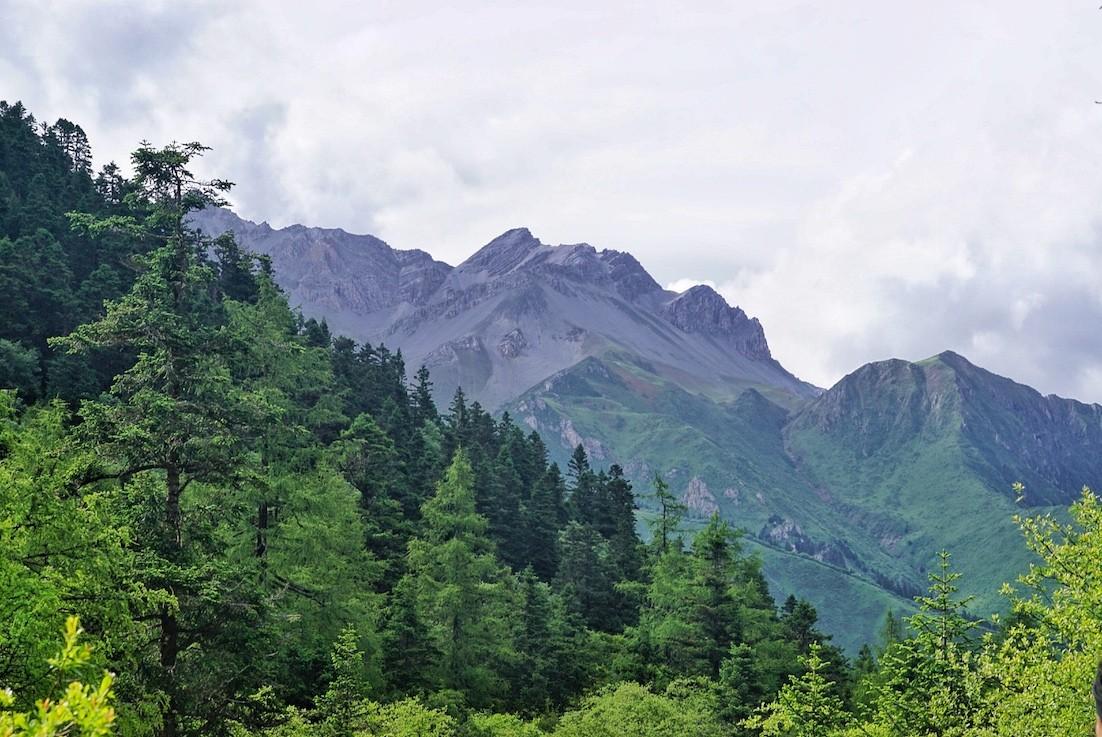
China Adventures also offers trips across China to destinations like Xinjiang, Guizhou, Tibet, Yunnan and Zhangjiajie, among others.
To book your next Jiuzhaigou trip with China Adventures, visit www.chinaadventure.org, or follow their Official WeChat by scanning the QR code below.

For travel-related inquiries, contact their travel consultants by scanning the QR code below.


My name is Sophie Steiner, and welcome to my food-focused travel blog. This is a place to discover where and what to eat, drink, and do in Shanghai, Asia, and beyond. As an American based in Shanghai since 2015 as a food, beverage, travel, and lifestyle writer, I bring you the latest news on all things food and travel.
Your email address will not be published.
Be the first to comment!